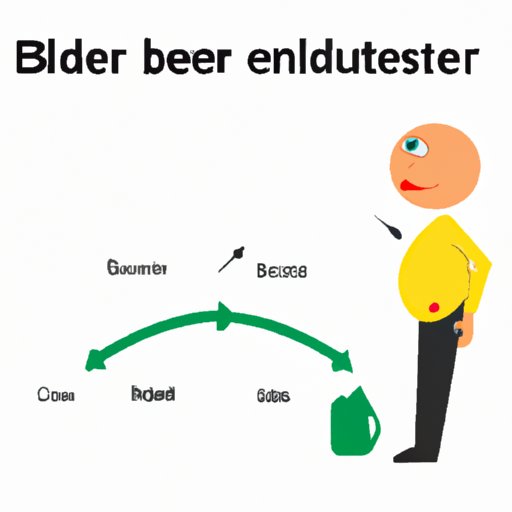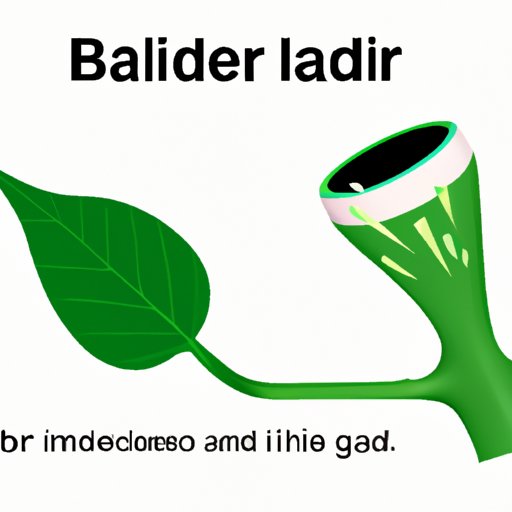
From Urine Retention to Optimal Health: 6 Ways to Empty Your Bladder Completely
Are you one of the many people who experiences incomplete bladder emptying? Do you find yourself feeling the urge to go shortly after using the bathroom? If so, you may be suffering from urine retention. Incomplete bladder emptying can lead to a variety of negative consequences, including urinary tract infections and bladder stones. In this article, we’ll explore 6 proven techniques and lifestyle adjustments to ensure that you fully empty your bladder.
The Importance of Complete Bladder Emptying
Before we dive into the techniques for complete bladder emptying, let’s first discuss why it’s so important. When you don’t fully empty your bladder, urine can build up and create a breeding ground for bacteria. This can lead to urinary tract infections, kidney infections, and bladder stones. Incomplete bladder emptying can also cause discomfort and the need to go frequently.
5 Proven Techniques to Ensure You Empty Your Bladder Completely
There are several techniques you can try to ensure that you fully empty your bladder every time you go to the bathroom. Let’s explore each one in detail:
1. Timed voiding
Timed voiding involves scheduling bathroom breaks at regular intervals throughout the day. This technique can be especially helpful for those with overactive bladder or urge incontinence. By emptying your bladder on a regular basis, you can prevent the need to go urgently and reduce the risk of incomplete emptying.
2. Double voiding
Double voiding is the process of going to the bathroom twice in a row. After you finish urinating, wait a few seconds and then try again. This can help ensure that you fully empty your bladder.
3. Pelvic floor exercises
Weak pelvic floor muscles can contribute to incomplete bladder emptying. By doing pelvic floor exercises, also known as Kegels, you can strengthen these muscles and improve bladder function.
4. Applying pressure to the bladder
Applying gentle pressure to the bladder can help encourage urine flow and ensure complete bladder emptying. You can do this by leaning forward slightly or using your hand to press on your lower abdomen.
5. Drinking enough fluids
While it may seem counterintuitive, drinking plenty of fluids can actually help ensure complete bladder emptying. When you’re dehydrated, urine becomes more concentrated and can irritate the bladder, leading to incomplete emptying. By drinking enough water, you can keep urine diluted and reduce the risk of bladder irritation.
Say Goodbye to Urinary Retention with These Simple Tricks
Aside from the above techniques, there are several simple lifestyle adjustments you can make to prevent urine retention and promote optimal bladder function. Here are some things to consider:
- Limit caffeine intake: Caffeine can irritate the bladder and exacerbate urinary retention.
- Wear loose-fitting clothing: Tight clothing can put pressure on the bladder and interfere with urine flow.
- Avoid constipation: Straining during bowel movements can also put pressure on the bladder and interfere with function.
- Practice healthy toileting habits: This includes taking your time, sitting in a comfortable position, and not rushing the process.

Mastering the Art of Complete Bladder Emptying: Tips and Tricks
In addition to the above techniques and lifestyle adjustments, there are several tips and tricks you can try to optimize bladder function and ensure complete emptying. Let’s take a look:
1. Practice relaxation techniques
Stress and anxiety can contribute to urinary retention. By practicing relaxation techniques, such as deep breathing or meditation, you can reduce stress and improve bladder function.
2. Try different voiding positions
The position you use to go to the bathroom can also affect bladder function. Experiment with different positions, such as squatting or leaning forward, to find what works best for you.
3. Use your abdominal muscles to assist with voiding
Engaging your abdominal muscles can help push urine out of the bladder and ensure complete emptying. Try gently contracting your abdominal muscles while you’re going to the bathroom.
4. Don’t rush the process – take your time
Rushing to the bathroom can lead to incomplete bladder emptying. Take your time, relax, and let your bladder fully empty before getting up.
The Ultimate Guide to Emptying Your Bladder – What You Need to Know
It’s important to note that several factors can affect bladder emptying, including medication and medical conditions. If you’re experiencing persistent urinary retention or have other symptoms, it’s important to seek medical advice. In the meantime, here are some additional tips for achieving complete bladder emptying:
- Keep a voiding diary: This can help you track your bathroom habits and identify patterns or habits that may be contributing to urinary retention.
- Consider bladder training: This involves gradually increasing the time between bathroom breaks to improve bladder function.
- Discuss medication options with your doctor: Some medications can interfere with bladder function. Your doctor may be able to adjust your medication or dosage to improve symptoms.
How to Prevent Urinary Tract Infections by Fully Emptying Your Bladder
Finally, it’s important to note that incomplete bladder emptying can also lead to urinary tract infections. When bacteria is left in the bladder, it can multiply and cause an infection. To prevent UTIs, it’s important to fully empty your bladder each time you go to the bathroom. Additionally, you can take the following steps:
- Wipe front to back: This helps prevent bacteria from the anal area from spreading to the urethra.
- Drink plenty of water: Staying hydrated can help flush out any bacteria that may be present in the bladder.
- Empty your bladder after sex: This can help flush out any bacteria that may have entered the urinary tract during sexual activity.
Conclusion
Emptying your bladder completely is essential for optimal bladder function and overall health. By trying the above techniques and lifestyle adjustments, you can reduce the risk of incomplete bladder emptying and associated negative consequences. If you’re experiencing persistent symptoms, be sure to seek medical advice.





